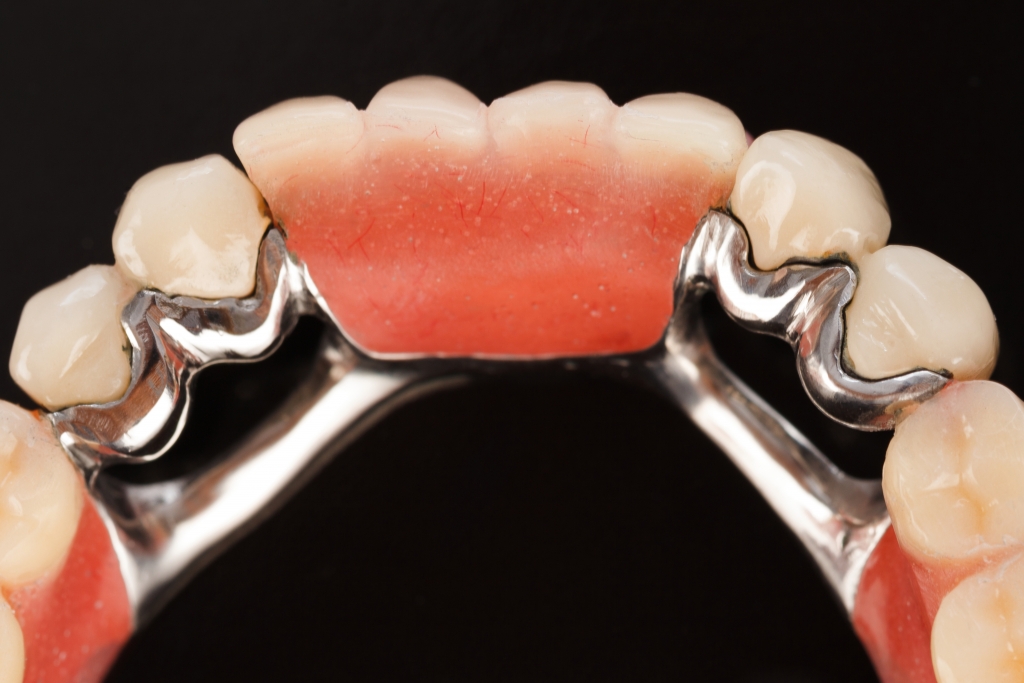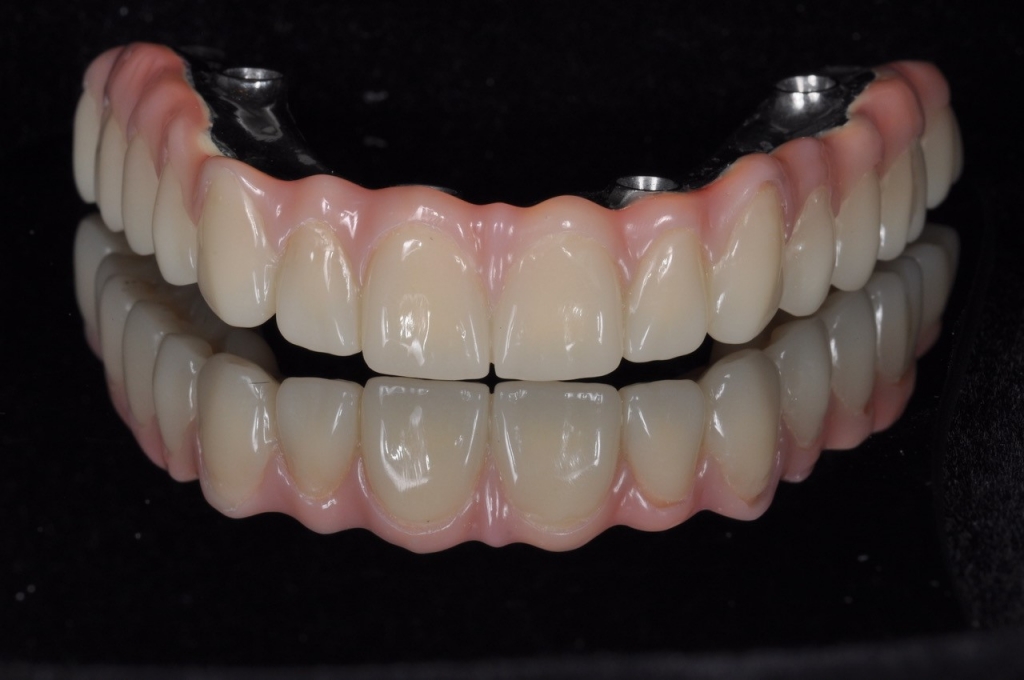Dental Prosthodontics
Classic restorations (Bridges): In the case of partial dental loss, it is possible to restore the lost tooth (teeth) by using the adjacent teeth as abutments. Depending on the economic ability and the aesthetic expectations of the patient a dental bridge can be constructed by a variety of materials.

Classic removable prosthodontics:
Partial removable prosthodontics: In case the dental loss is extensive, and the deficit is not possible to be restored via the construction of a bridge, a partial removable denture is a solution. A device is constructed with the help of a dental lab. It is very important to remember that this device must be removed from the mouth of the patient each night, in order to maintain the health of the oral mucosa and gums and to be kept in a container of fresh water after it is washed and cleaned.

Full removable prosthodontics: When all the teeth of one or both mandibles are lost, the tooth and gum deficit can be restored by constructing one or a set of full removable dentures. Aesthetics is very good because the false teeth are created from the same material and have the same color. It is very important to remember that this device must be removed from the mouth of the patient each night, in order to maintain the health of the oral mucosa and gums and to be kept in a container of fresh water after it is washed and cleaned.

Implant Prosthodontics: Until this day, this is by far the optimum solution for restoring tooth loss. The key advantage of dental implants is that the dentist does not have to remove part of the structure of the adjacent teeth in order to be used as abutments. So the invasion to the adjacent tooth structure is minimal. Also, patients that do not wish to wear a removable denture, implant restoration is a valuable solution. It is also important to remember that the use of implants limits the bone loss that is the gradual result of a tooth loss, which is evident in elder edentulous patients.

